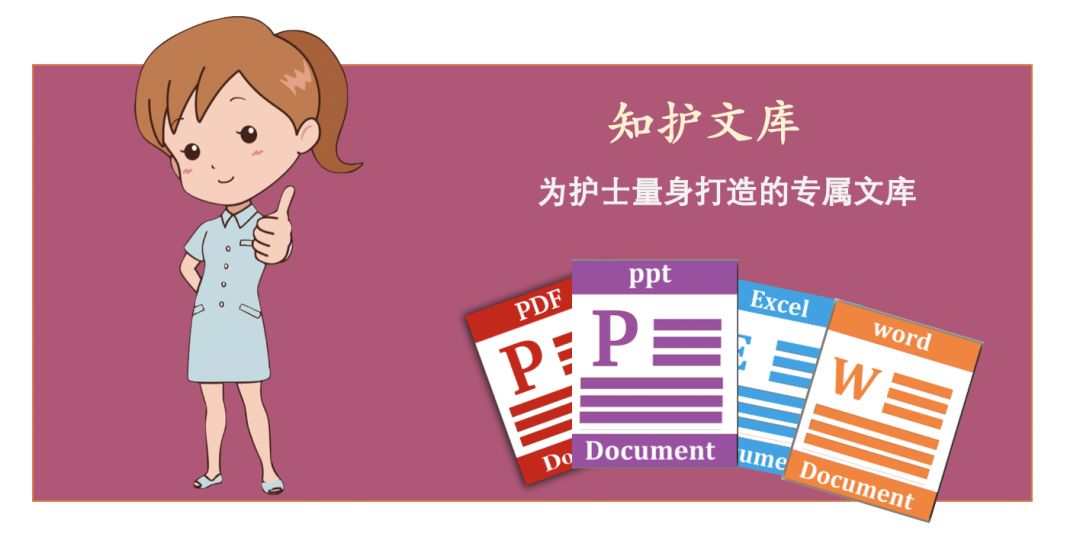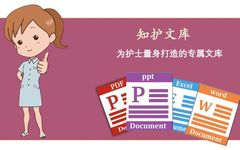
1. Key Points of Common Syndromes
(1) Wind-Cold Attacking the Exterior Syndrome: Severe chills, mild fever, no sweating, stiffness and pain in the head and neck, nasal congestion with a heavy voice, clear and thin nasal discharge, possible throat itch and cough, white and thin phlegm, no thirst, and aching limbs and joints. Tongue coating is thin and white.
(2) Wind-Heat Invading the Exterior Syndrome: Severe fever, slight aversion to wind and cold, nasal congestion with yellow and turbid discharge, body heat with or without sweating, headache, sore throat, thirst with a desire to drink, or cough with yellow phlegm. Tongue coating is thin and yellow.
(3) Summer-Dampness Attacking the Exterior Syndrome: Chills and fever, heavy head, chest and abdomen fullness and distension, nausea and diarrhea, fatigue and weakness, or sticky mouth with little thirst. Tongue coating is white and greasy.
(4) Wei-Qi Coexisting Disease Syndrome: Subjectively feeling severe fever, thirst, short and red urine, red tongue with yellow coating, aversion to cold or wind, or high fever with chills, runny nose, throat itch and pain, headache and heaviness, sneezing. Tongue is red with thin yellow or yellow greasy coating.
2. Common Symptoms/Syndrome Care
(1) Chills and Fever
1. Monitor changes in body temperature and sweating.
2. If sweating is excessive, avoid wind and change clothes promptly; for Wind-Cold Attacking the Exterior, ensure warmth.
3. Maintain oral hygiene and encourage drinking warm boiled water.
4. Follow medical advice for physical cooling.
5. Follow medical advice for Gua Sha (scraping therapy), targeting points such as Hegu (LI4), Quchi (LI11), Dazhui (DU14), Taiyang (EX-HN5), and Fengchi (GB20).
6. Follow medical advice for Chinese herbal retention enema.
7. Follow medical advice for Chinese herbal wash.
(2) Headache
1. Observe the location, nature, intensity, accompanying symptoms, and duration of the headache.
2. Change positions slowly.
3. Follow medical advice for acupoint massage, targeting points such as Taiyang (EX-HN5), Yintang (EX-HN3), Baihui (DU20), Hegu (LI4), and Fengchi (GB20).
4. Follow medical advice for auricular acupressure, targeting points such as Shenmen (HT7), Cortex (EX-HN1), and Lung (LU1).
(3) Coughing and Phlegm
1. Observe the nature, intensity, duration, pattern of the cough, and the amount, color, and consistency of phlegm.
2. When coughing severely, adopt a semi-reclining position.
3. Teach effective coughing and phlegm expulsion techniques, including turning and patting the back.
4. Follow medical advice for auricular acupressure, targeting points such as Lung (LU1), Trachea (EX-HN2), Shenmen (HT7), and Xiaopingjian (EX-HN4).
(4) Nasal Congestion and Runny Nose
1. Observe the condition of nasal congestion and the color and nature of nasal discharge.
2. Master the correct method of blowing the nose.
3. Follow medical advice for acupoint massage, massaging Yingxiang (LI20) and Bitong (EX-HN8) during nasal congestion.
4. Follow medical advice for auricular acupressure, targeting points such as Lung (LU1), Internal Nose (EX-HN3), External Nose (EX-HN4), and Trachea (EX-HN2).
3. Unique TCM Treatment and Nursing
(1) Medication Treatment
1. Oral Chinese medicine
(1) Warm and pungent exterior-releasing formulas should be taken warm, followed by covering and resting or sipping hot thin porridge to promote sweating.
(2) Cool and pungent exterior-releasing formulas and damp-resolving formulas should be taken slightly cool.
(3) For other details, see Appendix 1.
2. Injection therapy
3. External application of Chinese medicine
(3) Unique Techniques
1. Gua Sha (scraping therapy)
2. Chinese herbal retention enema
3. Chinese herbal wash
4. Acupoint massage
5. Auricular acupressure
4. Health Guidance
(1) Daily Living
For the elderly and weak, and those with recurrent exogenous infections, practice Tai Chi and Ba Duan Jin (Eight Pieces of Brocade) to enhance physical fitness.
(2) Dietary Guidance
Maintain a light and easily digestible diet, avoiding spicy and greasy foods, and abstaining from smoking and alcohol.
1. For Wind-Cold Attacking the Exterior Syndrome: Consume foods that release the exterior and dispel cold, such as ginger, scallions, and brown sugar. Dietary therapy: Brown sugar ginger drink, etc.
2. For Wind-Heat Invading the Exterior Syndrome: Consume foods that disperse wind, clear heat, and promote lung function, such as watermelon juice, water chestnut juice, and honeysuckle tea.
3. For Summer-Dampness Attacking the Exterior Syndrome: Consume foods that clear heat, dispel summer heat, regulate qi, and resolve dampness, such as loofah, winter melon, and mung bean soup.
4. For Wei-Qi Coexisting Disease Syndrome: Consume foods that nourish yin, clear heat, and benefit the lungs, such as lotus root juice, pear juice, and water chestnut juice.
(3) Emotional Regulation
1. Strengthen communication with patients to avoid negative emotions.
2. Explain the occurrence, development, and prognosis of the disease to the patient.
5. Evaluation of Nursing Effectiveness
Appendix: Evaluation Form for TCM Nursing Effectiveness in Exogenous Fever (Upper Respiratory Infection)
Hospital: Department: Admission Date: Discharge Date: Length of Stay:
Patient Name: Gender: Age: ID: Education Level: Included in TCM Clinical Pathway: Yes □ No □
Syndrome Diagnosis: Wind-Cold Attacking the Exterior Syndrome □ Wind-Heat Invading the Exterior Syndrome □ Summer-Dampness Attacking the Exterior Syndrome □ Wei-Qi Coexisting Disease Syndrome □ Other:
1. Evaluation of Nursing Effectiveness
|
Main Symptoms |
Main Syndrome Care Methods |
TCM Nursing Techniques |
Nursing Effectiveness |
|
Chills □ Fever □ |
1. Monitor body temperature □ 2. Oral care □ 3. Physical cooling □ 4. Other nursing measures: |
1. Gua Sha □ Application times: times, Application duration: days 2. Chinese herbal retention enema □ Application times: times, Application duration: days 3. Chinese herbal wash □ Application times: times, Application duration: days 4. Other: Application times: times, Application duration: days |
Good □ Fair □ Average □ Poor □ |
|
Headache □ |
1. Condition observation □ 2. Other nursing measures: |
1. Acupoint massage □ Application times: times, Application duration: days 2. Auricular acupressure □ Application times: times, Application duration: days 3. Other: Application times: times, Application duration: days |
Good □ Fair □ Average □ Poor □ |
|
Coughing □ Phlegm □ |
1. Condition observation □ 2. Position care □ 3. Effective coughing and phlegm expulsion □ 4. Turning and patting the back □ 5. Other nursing measures: |
1. Auricular acupressure □ Application times: times, Application duration: days 2. Other: Application times: times, Application duration: days |
Good □ Fair □ Average □ Poor □ |
|
Nasal Congestion □ Runny Nose □ |
1. Condition observation □ 2. Effective nose blowing □ 3. Other nursing measures: |
1. Acupoint massage □ Application times: times, Application duration: days 2. Auricular acupressure □ Application times: times, Application duration: days 3. Other: Application times: times, Application duration: days |
Good □ Fair □ Average □ Poor □ |
|
Other: □ (Please specify) |
1. 2. 3. |
Good □ Fair □ Average □ Poor □ |
2. Evaluation of Nursing Compliance and Satisfaction
|
Evaluation Item |
Patient Compliance with Nursing |
Patient Satisfaction with Nursing |
|||
|
Compliance |
Partially Compliant |
Non-Compliant |
Satisfied |
Average |
Dissatisfied |
|
TCM Nursing Techniques |
Gua Sha |
||||
|
Chinese Herbal Retention Enema |
|||||
|
Chinese Herbal Wash |
|||||
|
Acupoint Massage |
|||||
|
Auricular Acupressure |
|||||
|
Health Guidance |
/ |
/ |
/ |
||
|
Signature |
Signature of Responsible Nurse: |
Signature of Senior Nurse or Head Nurse: |
3. Evaluation of the TCM Nursing Plan for this Disease: Highly Practical □ Fairly Practical □ Moderately Practical □ Not Practical □
Suggestions for Improvement:
4. Evaluator (Responsible Nurse)Name: Technical Title: Completion Date: Signature of Head Nurse:
Source: China Traditional Medicine Network

Do nurses still refer to Baidu Library? Outdated

Click below “Read the Original” to learn more about the Knowledge Nursing Library

